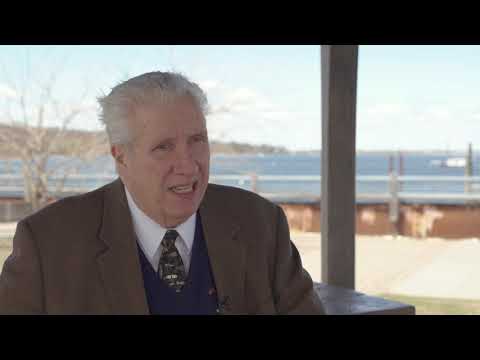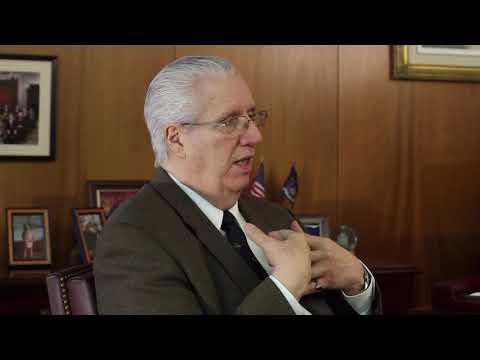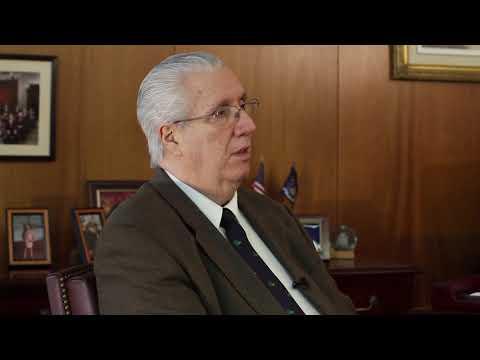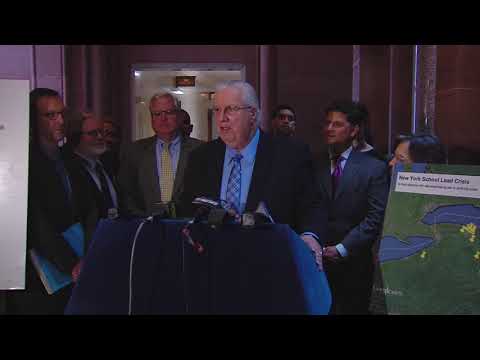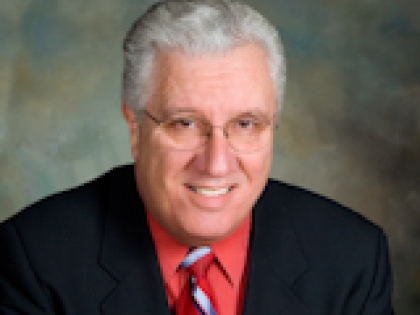
Super Storm Sandy - What's Next
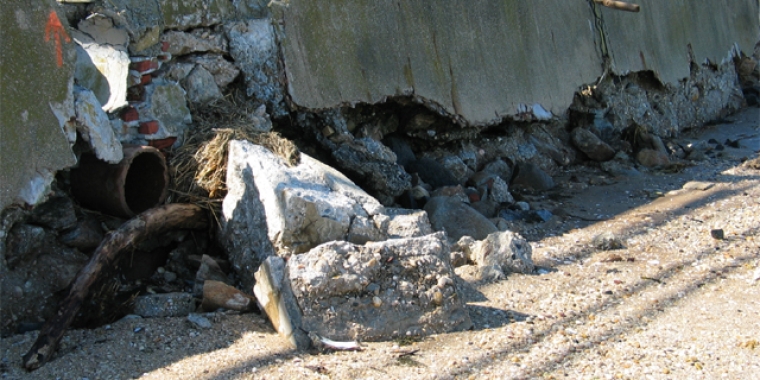
As we continue to pick up the pieces from Super Storm Sandy here on Long Island and beyond, the process of finding answers to why this storm was so devastating to our area has begun. We need to figure out why the Long Island Power Authority (LIPA) failed so miserably again and we need to find out what changes need to be made to further protect our coastal communities in the future.
Governor Andrew Cuomo has worked tirelessly pre and post Sandy and is now rightfully pursuing a number of Commissions to investigate not only what happened during and after Sandy, but moving forward, what needs to be done proactively to prepare our infrastructure from what is inevitably the next storm to come.
While a lot of questions need to be answered, perhaps we should heed the warnings of the past and pursue standing recommendations that could have helped prevent some of the suffering. In 2011, after Tropical Storm Irene hit Long Island, I held a hearing as Chairman of the Senate Investigations and Government Operations Committee to investigate LIPA’s and National Grid’s abysmal pre-hurricane planning, response time, and failed customer support system.
After testimony was heard, the Committee compiled the information learned and produced a comprehensive list of recommendations that were presented in the post hearing report; a report that was given to the leadership team at both LIPA and National Grid and which can still be read at the Senate Investigations Committee’s website at www.nysenate.gov/news/lipa-hearing-report.
The report made specific recommendations on outreach to residents, municipal officials, and County emergency management offices, improving LIPA’s outage map with accurate and useful information, proper training for customer service representatives at National Grid’s outage call centers, outage reporting restoration staffing and coordination maintenance of the electric system and the need to change the composition of the current LIPA management.
After two serious storms, LIPA and National Grid have displayed a total failure to timely restore power and properly relay information to customers and municipalities. It is also glaringly obvious that there was no significant or meaningful effort to learn from the mistakes of storms past, particularly Tropical Storm Irene.
In a November 15th 2012 letter to both LIPA and National Grid, I have asked what actions were taken to implement the recommendations from this report. I would also like to be informed and all Long Islanders deserve to know what internal reviews were conducted in response to Irene and the details of those conclusions. I anxiously await their response.
In addition to the power issues suffered here on the Island, we must face the difficult and unpopular reality that changes need to be made in our coastal communities to deal with the growing impact of storms on these areas.
In 2007, I sponsored a law with Assemblyman Robert Sweeney that created the Sea Level Task Force and charged it with preparing a report that addressed these issues, including recommendations for an action plan to protect our coastal communities and natural resources from rising sea levels. They issued their Final Report in 2010 and the report can be found http://www.dec.ny.gov/docs/administration_pdf/slrtffinalrep.pdf.
The recommendations called on state agencies responsible for the management and regulation of resources and infrastructure subject to sea level rise and at risk populations to factor the current and anticipated impacts of coastal flooding into all relevant decision making. Other recommendations included classifying areas where significant risk of coastal flooding due to storms has been identified in order to implement risk reduction measures, amending New York State and local laws to address sea level rise and coastal flooding, and the development of mechanisms to fund adaptation to sea level rise and climate change.
I have contacted the New York State Department of Environmental Conservation (DEC) as to the status of the implementation, but a simple review of the recommendations show that more could have been done to prepare for these storms.
While I recognize that you can never be fully prepared and protected from the wrath of Mother Nature, it is obvious that not enough was done to ready our coastal areas from the effects of powerful and dangerous storms. It is also painfully obvious that LIPA and National Grid did not learn from their mistakes of the past. As we move forward and gather information as to how to better shield our communities from the next storm, we do not need to start from scratch.
These storms must be viewed as part of our new normal here on Long Island. As Rahm Emanuel said, “"You never want a serious crisis to go to waste.” We cannot afford to put our heads in the sand and hope that the next storm will miss us. The time is now to learn from the mistakes of the past, implement both new and standing recommendations and fortify for the future.
